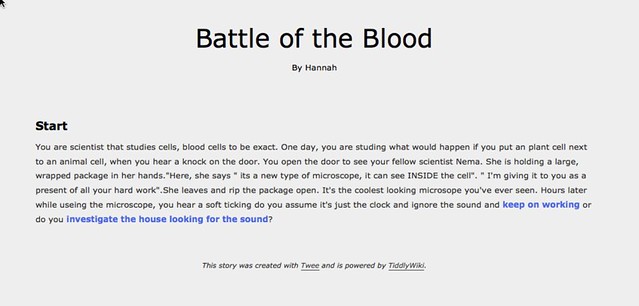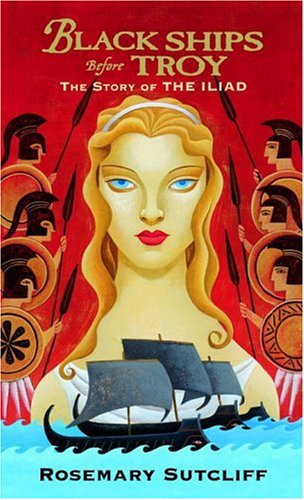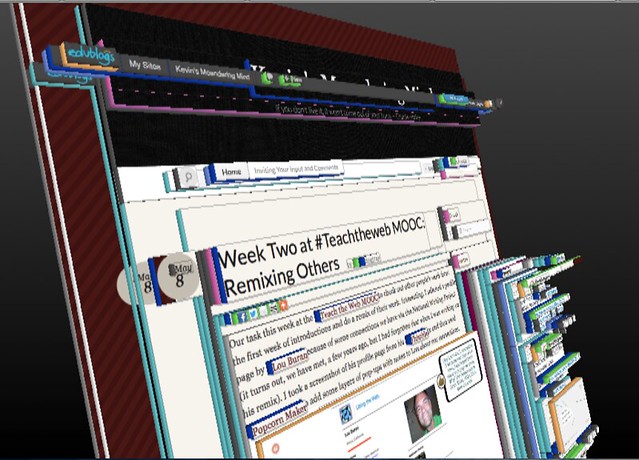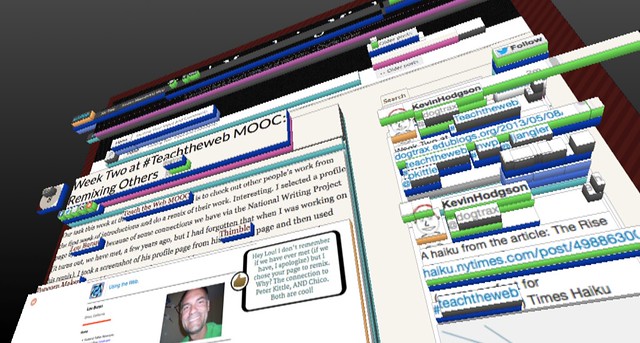We ended our poetry unit last week by connecting the work we had done around writing and reading poetry (figurative language, rhyme, stanzas, theme, mood/tone, etc.) by looking at some pop song lyrics. As I told my students, I don’t suspect many of them go home and curl up on the couch regularly with a book of poetry (although, they should). But most of them do listen to music on a regular, daily basis, and songwriting is poetry put to music. They readily agreed to my assessment.
I love this connection, not only a teacher and musician, but also as a writer, and the students get excited about thinking about the music they like to listen to in terms of the artistic approach. Here, we use two songs from the past few years: The Goo Goo Dolls and their song, Better Days; and Kris Allen’s Live Like You’re Dying. Both songs offer up good examples of pop music structure — the verse, chorus, bridge pattern is in full display, and there are noticeable rhyming schemes, and the overall “message” of the lyrics combined with the pop sensibilities of the music is strong.
Plus, we rocked the classroom with the music.
I then remind them of the real lesson: when you are listening to the songs you love, do you notice patterns? Rhyming? Themes? My hope is that they begin to make connections to poetry, but also that the lesson sparks the skill of active listening. What is that songwriting trying to say? How are they saying it? How does the rhythm of the words work in partnership to the rhythm of the beat? Why did the songwriter do that instead of this? These are all things to notice.
When we did a poetry freewrite on Friday, one of my students wrote and then performed for us a rap song that he wrote, with lots of internal rhymes and a theme about picking yourself up when you are done. If you knew this student, you would not expect to hear flowing hip-hop coming from his lips, but there he was … writing a song and rapping it for us. Nice.
Peace (in the songs),
Kevin








